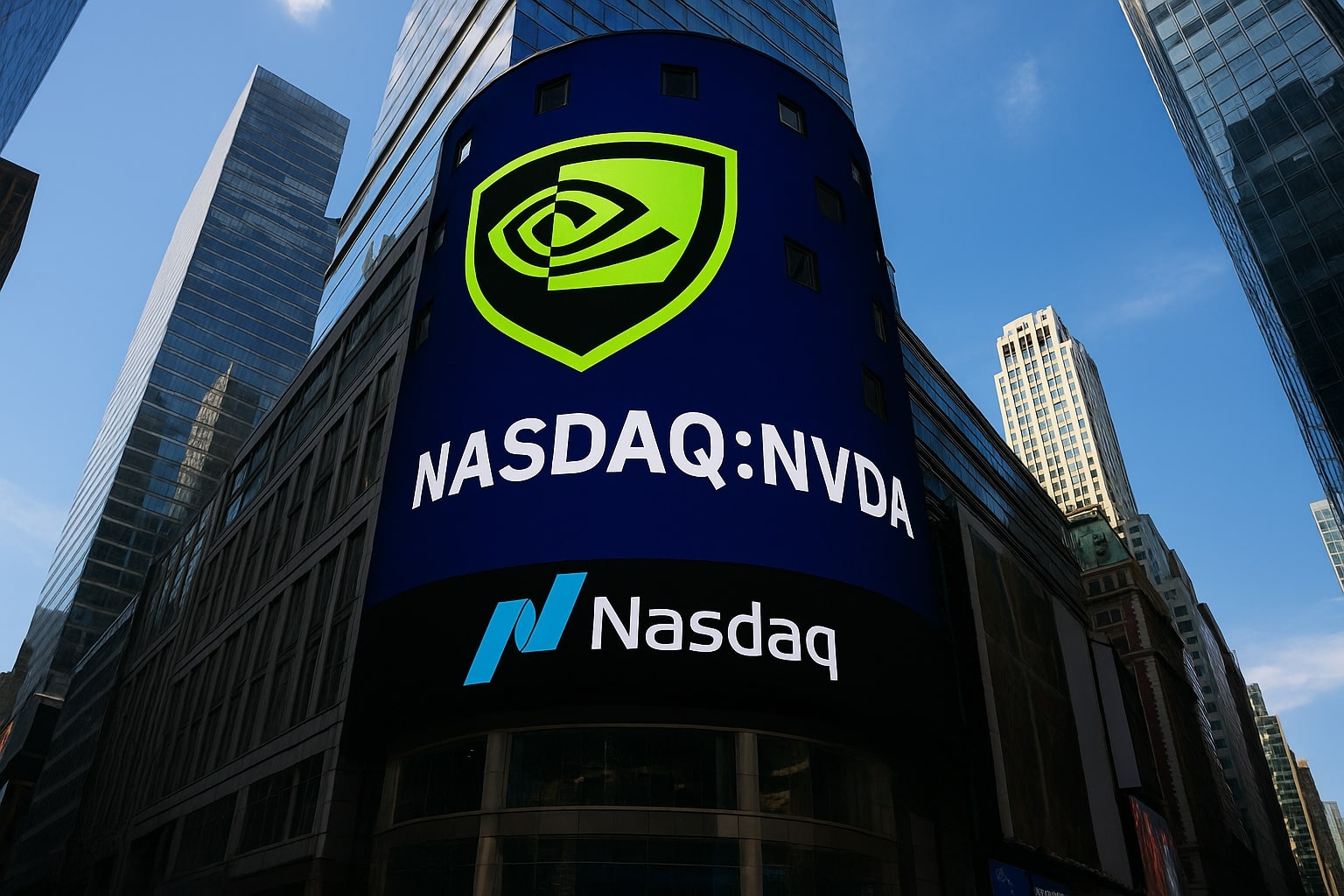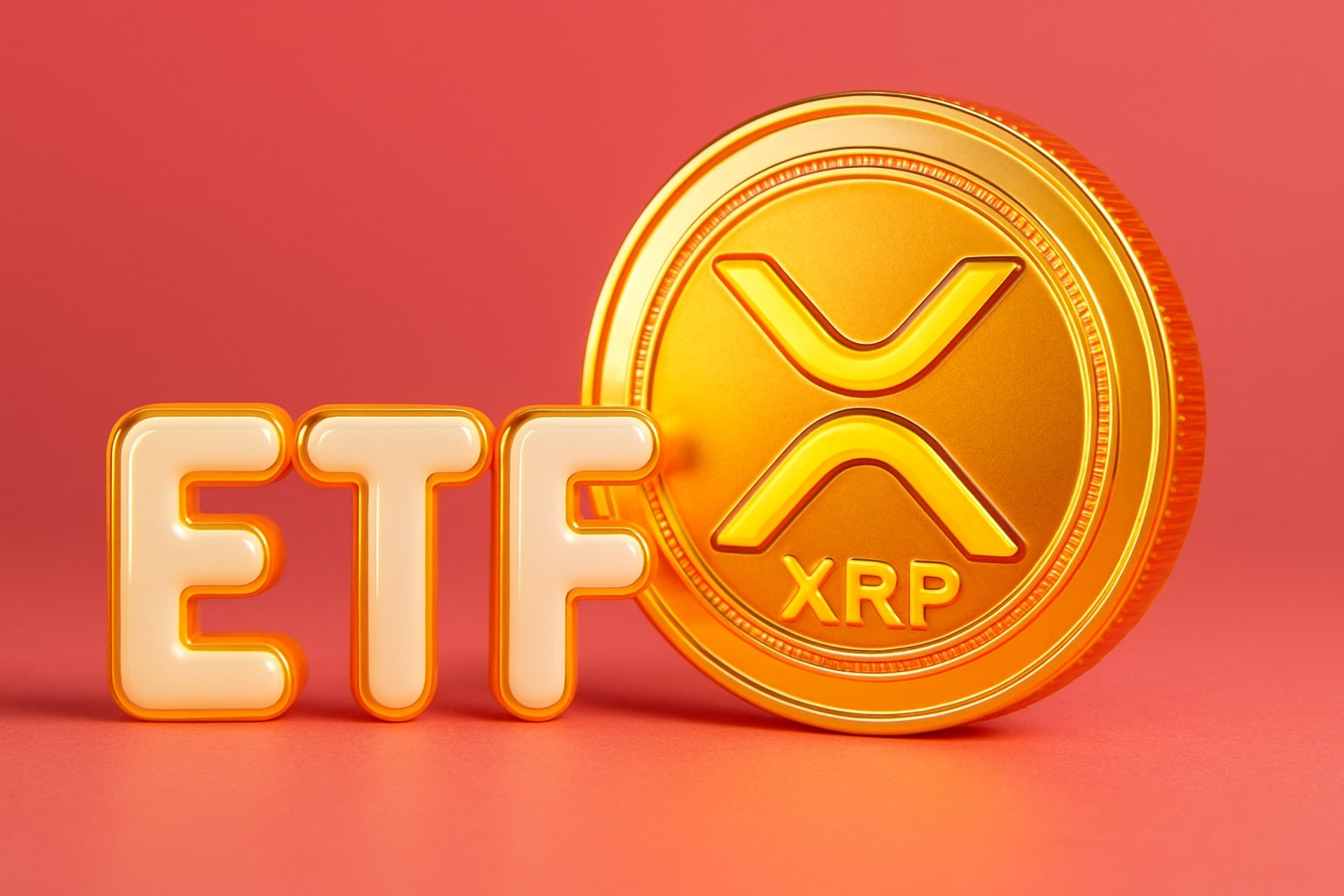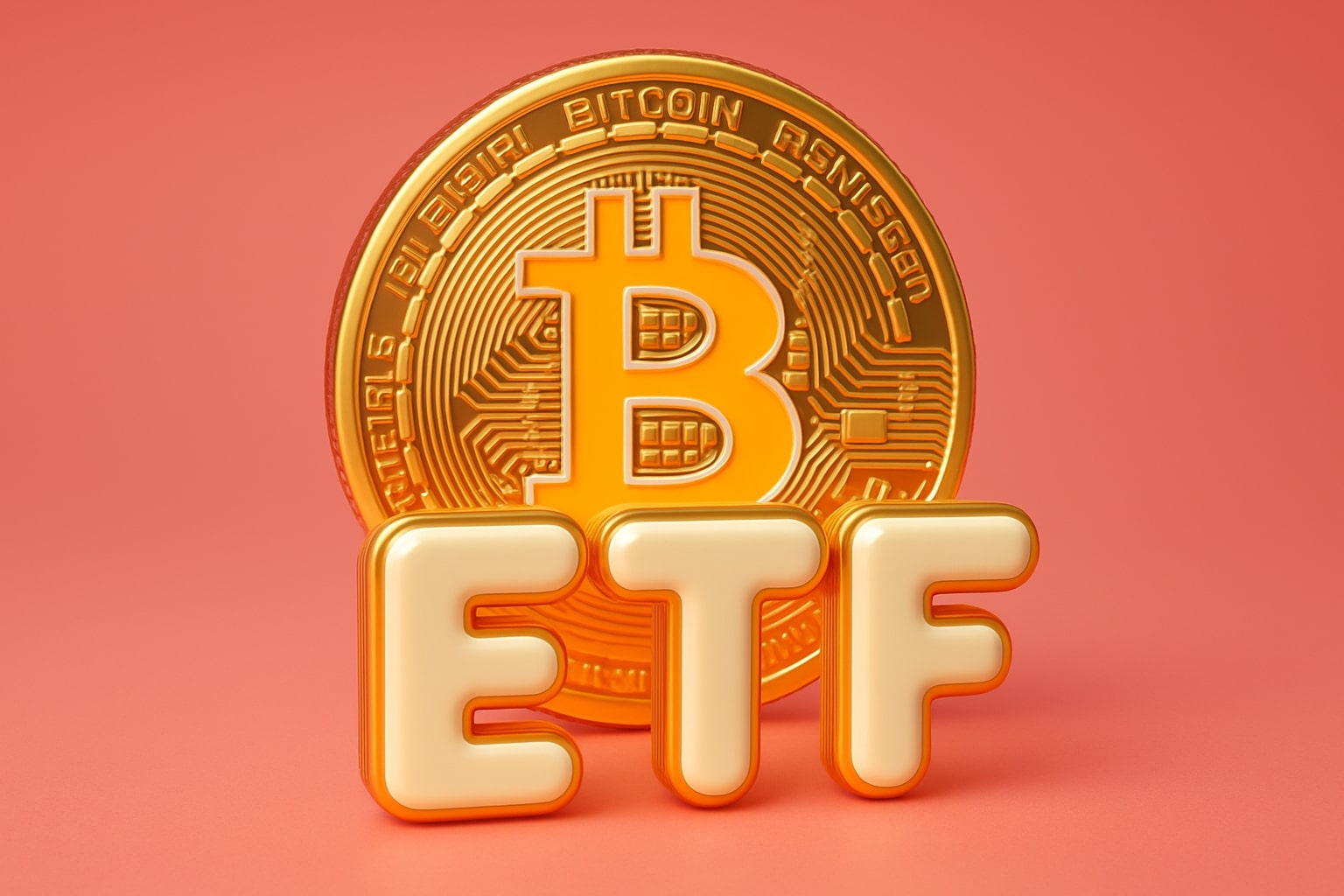
NVIDIA Stock Forecast – NASDAQ:NVDA Balances $174 With $46.7B Revenue and China Risks
AI demand drives growth, but export limits and rising inventory pressure NVDA’s $4.24T valuation | That's TradingNEWS
NVIDIA (NASDAQ:NVDA) Stock Analysis – AI Demand Keeps Growth Intact Despite China Risks
NVIDIA Corporation (NASDAQ:NVDA) closed at $174.11, down 3.34%, pulling back from its 52-week high of $184.48 reached earlier in August. The company now commands a market capitalization of $4.24 trillion, trading at 49.46x trailing P/E and 39.06x forward P/E, reflecting both its dominant AI position and the premium investors are still willing to pay despite rising risks around demand cycles, export restrictions, and inventory buildup. The stock’s average 1-year target price sits at $206.03, with analysts split between aggressive bull calls as high as $270 and more cautious targets closer to $185.
Earnings Momentum and Segment Performance for NASDAQ:NVDA
NVIDIA delivered $46.7 billion in Q2 revenue, beating estimates by over $700 million, with EPS at $1.05 versus expectations of $1.01. Revenue growth of 55.6% year-over-year shows the AI boom remains intact, but sequential growth of 6.1% slowed from the prior quarter’s 12%, reflecting the difficulty of compounding gains at such scale. The Data Center unit remained the primary driver with $41.3 billion in sales, up 56% YoY, aided by adoption of the Blackwell architecture and early deployments of Blackwell Ultra. Gaming revenue surged 49% YoY to $4.3 billion, while automotive sales climbed 69% YoY to $586 million, highlighting diversification beyond hyperscale demand. Gross margins reached 72.7%, supported by a release of H20 chip inventory, though management flagged higher operating expenses climbing into the high-30s percent of revenue range due to escalating investment in R&D and AI ecosystem expansion.
China Export Controls and NASDAQ:NVDA’s H20 Chip Dynamics
China accounted for just 6% of Q2 sales, down sharply from 12.2% last year, reflecting the ban on H20 shipments. However, NVIDIA sold $650 million worth of H20 chips to a non-Chinese customer, proving the architecture still holds value outside its intended market. The U.S. government has since granted licenses to several Chinese buyers, tied to a 15% revenue-sharing agreement with Washington. If shipments resume in Q3, China demand could add $2–5 billion in incremental sales on top of the guided $54 billion midpoint, setting the stage for upside beyond analyst consensus of $52.2 billion. Still, Beijing has warned against the H20’s adoption, underscoring geopolitical risk that could cap NVIDIA’s penetration.
Balance Sheet and Cash Flow Strength
Financially, NVIDIA’s position is unmatched. It generated $42.8 billion in operating cash flow during the first half of FY26 and holds $56.8 billion in cash against just $10.6 billion in debt, equating to a current ratio of 4.21. Net income over the last twelve months hit $86.6 billion, a staggering 52.4% margin, with return on equity at 109.4%. Free cash flow of $52.4 billion provides capacity for both strategic acquisitions and shareholder returns, reinforced by a $60 billion buyback program underway. The small dividend yield of 0.02% is symbolic compared to the capital returned via repurchases, showing management prioritizes flexibility over payouts.
Valuation and Market Sentiment on NASDAQ:NVDA
At ~40x forward earnings and ~33x EV/EBITDA, NVIDIA trades rich compared to historical norms but remains within range of sector peers like Broadcom and AMD when adjusted for growth. Analysts expect FY26 EPS of $4.48 rising to $6.34 in FY27, implying 41% growth, which supports a valuation band of $180–$210 under base assumptions. Bull scenarios, assuming smoother Blackwell Ultra ramp and sovereign AI spending, place NVDA near $250, while bear cases with extended export restrictions and margin pressure could push shares toward $140. Short interest remains negligible at 0.88% of float, underscoring continued institutional conviction despite volatility.
Competition and Execution Risks
AMD and Intel are accelerating their accelerator strategies, while hyperscalers like Amazon and Microsoft continue designing in-house silicon. This raises the risk that NVIDIA’s pricing power could soften. Inventory has also ballooned to $15 billion, a red flag if AI demand decelerates. Past write-downs, like the $4.5 billion charge tied to cancelled China shipments, show how quickly supply-chain missteps can erode margins. Nevertheless, NVIDIA’s integration of CUDA, DGX Cloud, and Omniverse creates high switching costs for developers and enterprises, reinforcing a structural moat beyond hardware.
Insider and Institutional Activity in NASDAQ:NVDA
Insiders currently hold 4.33% of shares, with institutions controlling nearly 69% of float. Any notable insider activity can be tracked directly at NVDA Insider Transactions. Recent filings show no outsized insider accumulation, suggesting confidence remains more concentrated in institutional hands. This ownership base aligns with options market data, where positioning implies potential $260 billion swings in market value around earnings, highlighting how central NVDA has become to AI portfolios.
Verdict on NASDAQ:NVDA
NVIDIA is executing at an extraordinary level, with quarterly revenues now surpassing $45 billion and net margins exceeding 50%. The stock’s correction from $184.48 to $174.11 reflects short-term caution, not structural weakness. The upcoming Q3 guidance of $54 billion in sales at 73–74% margins reinforces that NVDA’s core engine remains intact. Geopolitical risks around China and inventory buildup present tangible headwinds, but the AI infrastructure cycle—estimated at $3–4 trillion over five years—still overwhelmingly favors NVIDIA. At current levels, I rate NASDAQ:NVDA a Buy on weakness, with the $160–$170 zone as accumulation territory, while acknowledging volatility may persist as policymakers and competitors test its dominance. Investors should track NVDA’s real-time chart for confirmation of support levels before scaling in aggressively.
That's TradingNEWS
Read More
-
PPA ETF at $154: Can This Defense ETF Keep Beating ITA and SPY?
14.12.2025 · TradingNEWS ArchiveStocks
-
XRP ETFs XRPI and XRPR Pull In $975M While XRP-USD Fights To Hold $2
14.12.2025 · TradingNEWS ArchiveCrypto
-
Natural Gas Price Forecast: NG=F Hits $4.11 As Warm Winter Outlook Puts $3.913 Support At Risk
14.12.2025 · TradingNEWS ArchiveCommodities
-
USD/JPY Price Forecast - Dollar to Yen Can BoJ’s 0.75% Shock Break The 155–158 Range?
14.12.2025 · TradingNEWS ArchiveForex


















